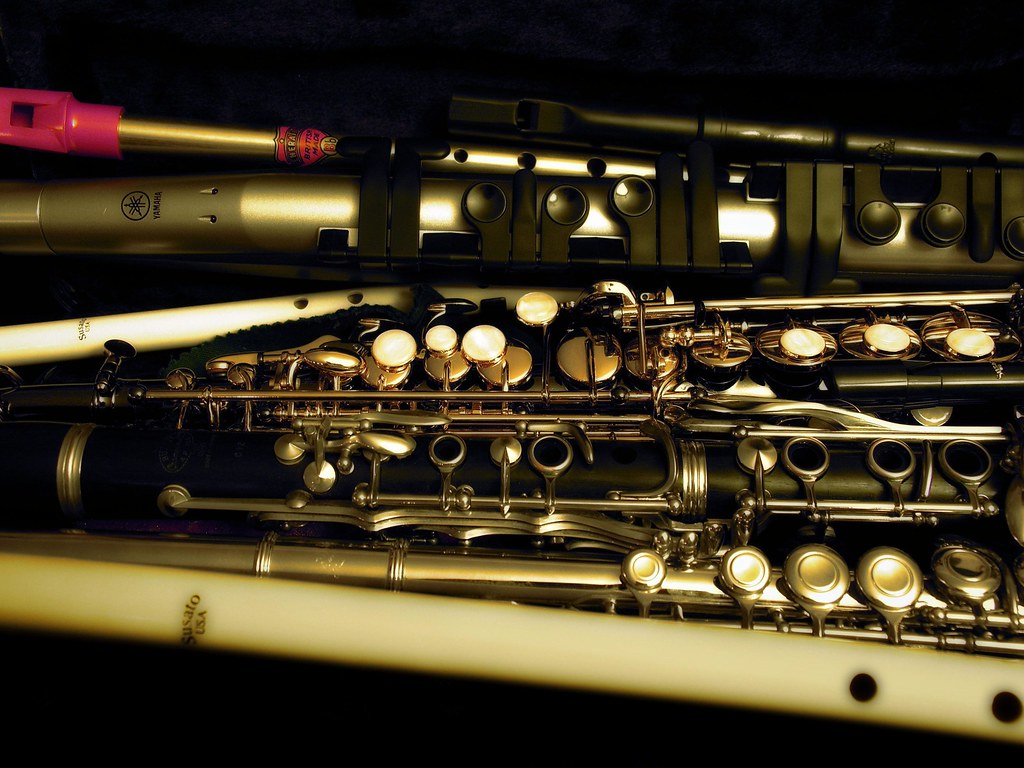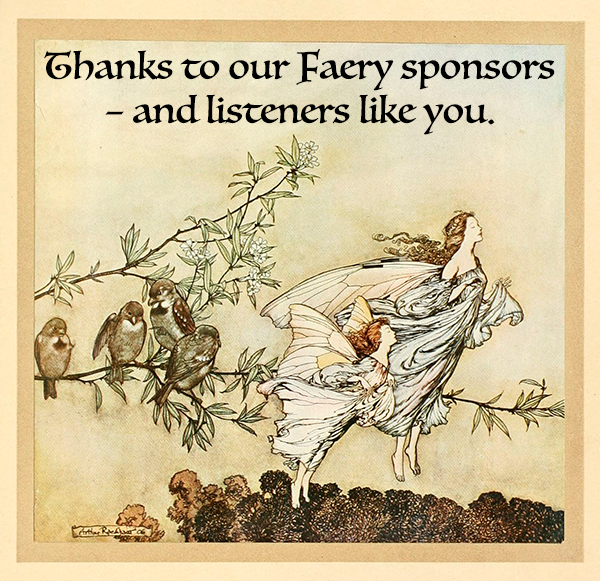Woodwinds

Today’s programme features members of the woodwind family — oboe, clarinet, flute, bassoon, recorder and more, including the gamut of Early Music woodwinds like the shawn (the predecessor of the oboe), curtal (a proto-bassoon) and crumhorn.
Of course, the majority of orchestral music includes a woodwind section, so the criterion for inclusion in today’s show was that a member of the woodwind family is the lead instrument — a “wind band” is not sufficient (and they’re generally usually brass-heavy anyway), but a concerto for bassoon (yes there is at least one) counts.
Is the saxophone a woodwind or a brass instrument? Well, it’s a woodwind! Says Wikipedia: “A woodwind instrument is a musical instrument that produces sound when the player blows air against a sharp edge or through a reed, causing the air within its resonator (usually a column of air) to vibrate. Most of these instruments are made of wood but can be made of other materials, such as metal or plastic.” So they are in.
The majority of today’s programme features music from the Baroque and Classical eras (speaking broadly here), but there is some Renaissance music too (and a little mediaeval) plus occasionally more recent works, including some light orchestral compositions and some modern pieces by composers like Gerald Finzi, Chris Gunning and Richard Harvey.
“Woodwinds” by Jon Delorey is licensed under CC BY-NC 2.0



















